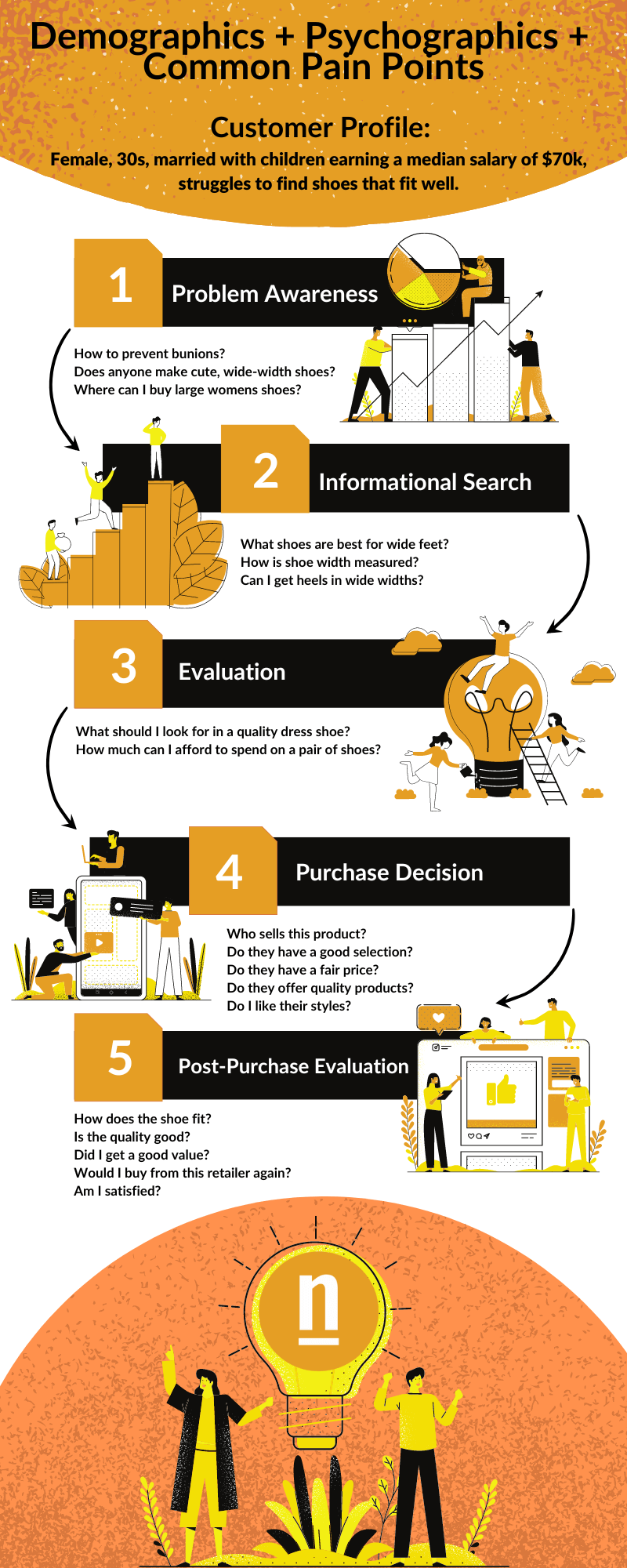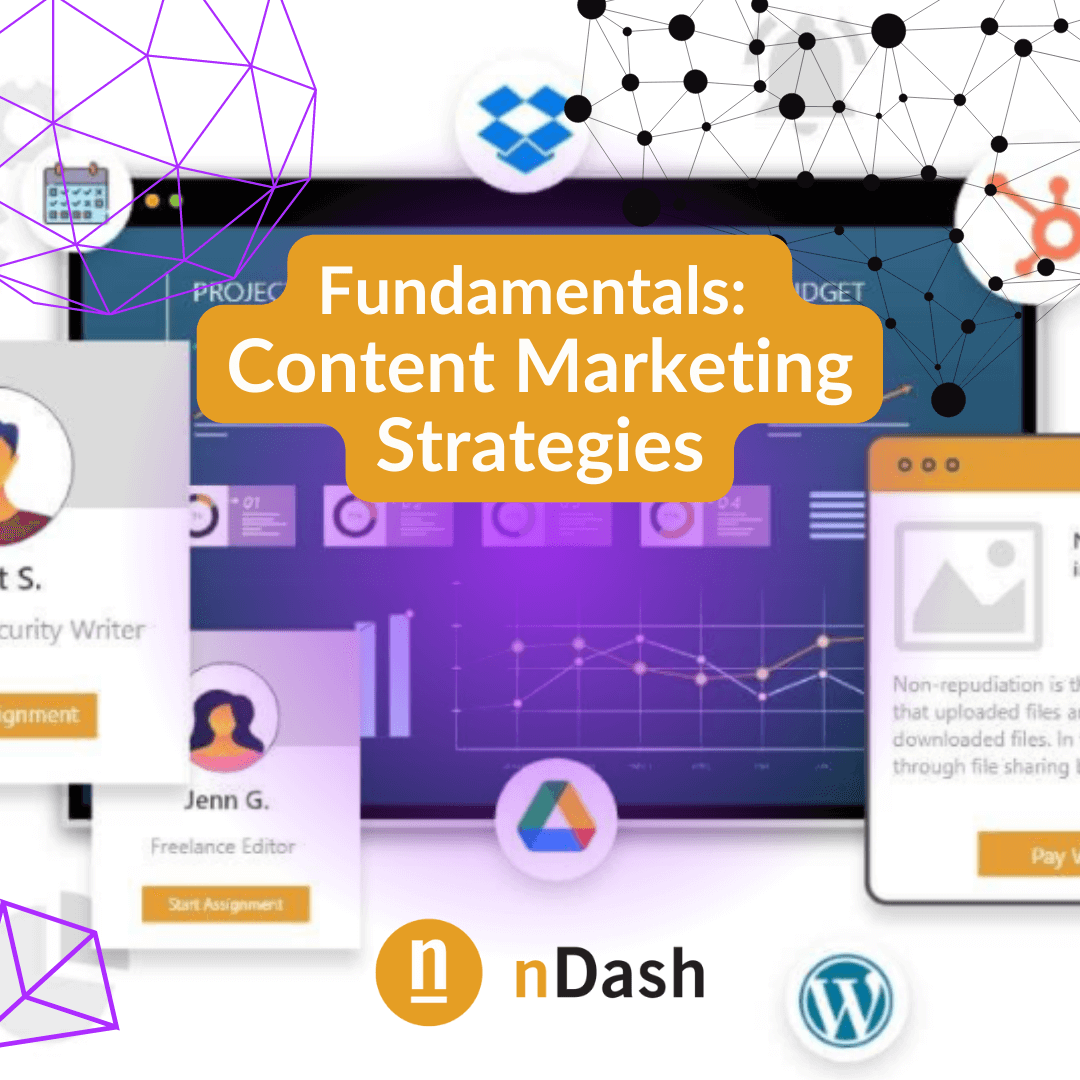Content marketing is three times more efficient than traditional lead generation strategies. And, in 2022, you can ask almost any marketing professional out there–92% say that content is a valuable asset. With all the positive feelings surrounding content marketing, why are some businesses still struggling to see results?
Success with content marketing comes down to strategy. For companies that have defined goals, track the right metrics, and create content aligned with their operational strategies–content marketing rocks. While companies that have a blog to publish company news as an afterthought often fail to see significant results.
Content Marketing Strategies & Their Importance
Did you know that 70% of consumers would prefer to learn about products from blog content compared to traditional advertisements? There’s something about being sold to that still feels a little inauthentic, and today’s consumers are taking note.
A content marketing strategy is more than formal documentation of goals. It’s a plan to identify:
- what you want to achieve with content
- how you’re going to do it
- how you will measure your success
No two content marketing strategies look the same, and that’s sort of the point. Everyone is experimenting to find the right mix of channels, content, and distribution to fit their audience and achieve their specific goals.
For example, Christina Perricone, a content manager at Hubspot, shared that her team used topic clusters to overcome a traffic plateau. The concept of content clusters or pillar pages has been effective for many brands. But it’s not a magic pill-type solution for the entire digital marketing world.
A content marketing strategy can:
- Build Brand Awareness
- Generate Leads
- Discover New Audiences
- Increase Organic Website Traffic
A content marketing strategy tailored to fit specific needs will ensure that the resources spent creating content are aligned with the goals you’re trying to achieve.
Increase Content Marketing Efficiency with Content Marketing Strategies
A content marketing strategy gives content development a defined direction–a purpose. Instead of making assumptions about topical interests, a content marketing strategy purposefully identifies consumer profiles within a target audience and addresses the needs of those individuals based on available data.
A content strategy takes the guesswork out of brainstorming content ideas by identifying search intent and related keywords and building content pillars to meet those needs. A content strategy takes the focus off of sharing the company news and puts it on developing a systematic hierarchy based on impact and relevance as determined by the customer profiles defined in the strategy.
Most of all, a content strategy provides a framework for planned consistency. Instead of publishing new content when there is time or when an idea strikes–a content strategy lays out an editorial calendar for organizing content development, ensuring that every piece of content is published with optimal timing.
A content marketing strategy creates efficiency by defining a consistent, repeatable process that achieves results rather than spitballing ideas to see what sticks.
How They Help Marketers Reach Their Target Audiences
Reaching a target audience is about being relevant and providing useful content that answers the questions that your audience has. A content marketing strategy can help you work through bias and stop making assumptions about what your audience needs so that you can engage with activities that will uncover their true needs.
A solid content marketing strategy will define a series of customer profiles along with trends, questions, and themes that are present among those demographics. The content strategy is then built around creating content to serve those profiles based on individual needs. A content strategy can help marketers reach their target audience by defining who they are, what they want, and where they engage.
We can break this down into a simple formula to help you determine how much content you need per cycle.
Top 5 Customer Profiles x Top 5 Questions at Each Buying Stage x Platform Distribution
Focus on identifying your top five customer profiles and then identify each persona’s top five questions at each stage of the buying journey. Take those questions and begin identifying what type of content you can create for the top 3-5 channels or platforms that serve that audience. These details will begin to form the basis of your content strategy and editorial calendar.

How They Improve ROI
Achieving a favorable return on investment, or ROI, is the money side of marketing. It’s easy to spend money and get caught up in creatives, but eventually, somebody will want to know how effective that spending is.
Marketers spend a lot of time working out the mathematics of ad-spend ROI or customer conversion ROI. This puts marketing efficiency into a dollars-and-cents perspective that anyone in the business can understand.
A content strategy begins by defining goals and then branches out to defining customer profiles and specific needs. The strategy then branches out again to define different types of content that can meet those needs and how success will be measured.
The analytical side of the strategy, or the time spent defining goals and choosing metrics to evaluate performance, is what drives marketing ROI. It seems simplistic in definition, but intentional monitoring and measuring is the key to improving ROI. Developing a content strategy is all about putting together a structured plan. This plan serves as a guide for content development activities, keeping everything aligned with financial and operational goals.
Final Thoughts: How to Leverage Content Marketing Strategies with Content Creation Services
Content marketing can be a powerful tool for brand positioning, lead generation, and conversion. It’s so powerful that seemingly everybody is doing it. But success is not guaranteed. A carefully curated content marketing strategy is what sets a brand up for success in the digital marketing world.
The right strategy can help a brand achieve efficient, effective marketing programs. It has a return on investment that proves that content marketing really does outpace traditional methods. More than 80% of companies are genuinely on board with the idea of content marketing–it’s the scale that holds many back.
Defining a thorough content strategy and keeping up with the demand for content creation without sacrificing quality is a steep commitment. Content creation services like nDash can offer some flexibility, providing creative support for content development to keep your strategy on track.
This post is by nDash community member Marissa Snider. She’s a freelance writer with a decade of instructional design and corporate learning experience.
